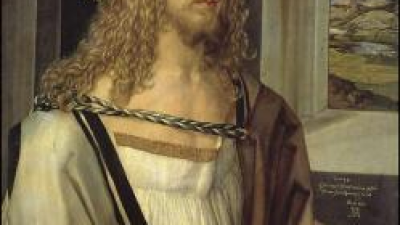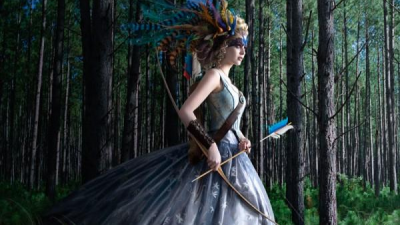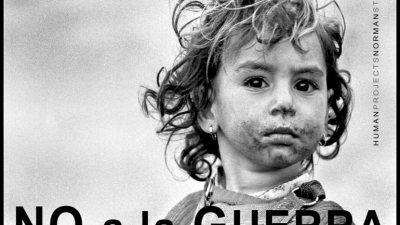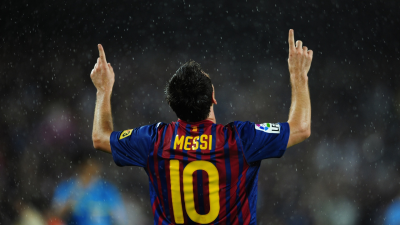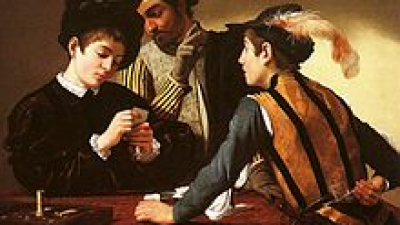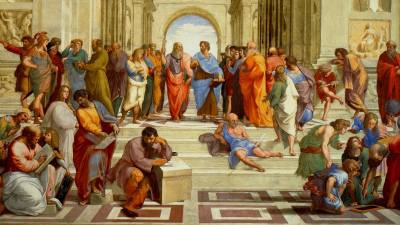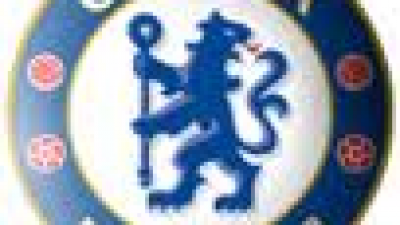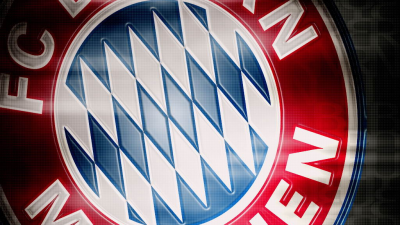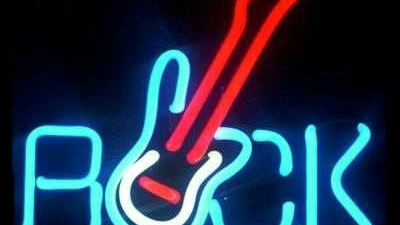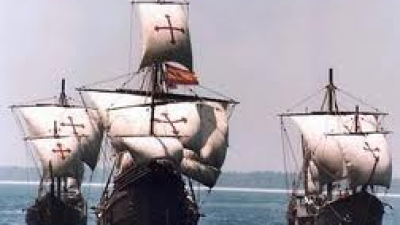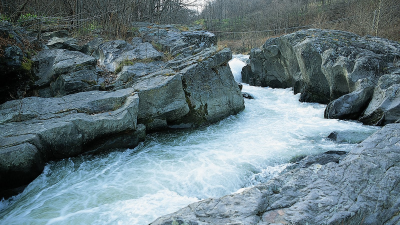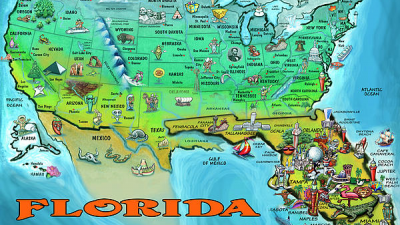The 12 most important scientists in history
|
NEWS
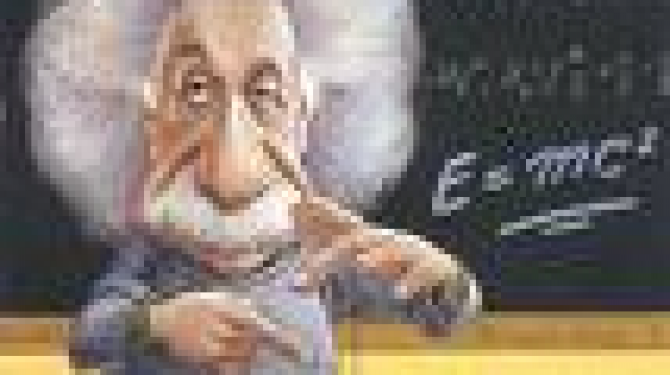
Source: listas.20minutos.es
I have been very curious for a few months now. Who are the most important scientists in history? Who contributed more or are more famous? Which characters deserve a position in the "top ten" of the history of science? After looking in books, friends and even "San Google" and not get a satisfactory answer, I have to go to the 2000 readers of this blog (that some will know about science and want to participate, I say). Knowing that the lists of these characteristics are subjective and depend on which field of science makes you more useful, I ask for help to elaborate this particular "Top Ten of Scientists".
TOP 12:
Sigmund Freud
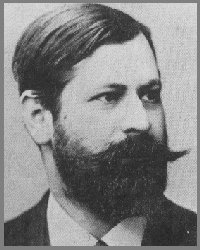
He was the founder of psychoanalysis, known as the archeologist of the mind, was born in Vienna (Austria) in 1856, son of a second marriage. His father was a wool merchant, very humble, who lived in a one-bedroom house. It was a confusing family atmosphere for Freud, where his father was very old. He called him the golden boy, and he was the favorite son. Studies and medicine were a constant in his life, coming to dominate 6 languages including the Spanish he learned as a child to read the Quixote. In his medical studies, he highlighted his disinterest in the organic pathology that he refers to, study with more or less pleasing but he was fascinated in an irremediable way everything related to the mind and psychiatry. He fell in love at the age of 25 with a friend of his sister, and I have a Victorian romance. He was very shy, and had no sexual experiences. Freud saw her six times in four years, but he wrote her over nine hundred love letters, where he called her & # 147; little princess & # 148; .
TOP 11:
Crick / Watson
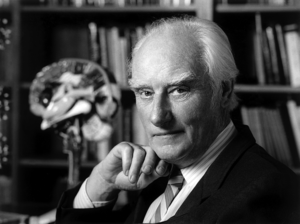
James Watson and Francis Crick transformed biology with its discovery of DNA in 1953, and took the first step towards what would be later the advances of the human genome and the cloning of organisms. But the history of the double helix hides much more than the hard work of two scientists. Cold War hysteria and male chauvinism also played their part. Neither of the two scientists was a biologist. Watson, was an American zoologist, while Crick was an English physicist. By 1951, both impetuous, arrogant and highly competitive, decided to work together at the Cavendish Laboratory (Cambridge, England), to solve one of the key problems in the biology of that time: DNA and its ability to encode information. Francis Harry Compton Crick, OM, FRS (Northampton, United Kingdom, June 8, 1916 - San Diego, United States, July 28, 2004) was a British physicist and biologist. He received, along with James Watson and Maurice Wilkins, the Nobel Prize for Medicine in 1962 for the discovery of DNA structure, as well as the Copley medal in 1975. Firstborn in a family of shoemakers, Harry and Elizabeth Crick (with maiden name Wilkins ), in Weston Favell, a small town in Northampton where he grew up. Since childhood he had an interest in science and learned everything he could from books. As a child, he was taken to the Congregational church by his parents, and at the age of 12 he told his mother that he no longer wanted to attend. He preferred scientific research to the beliefs of any dogma. He attended the Northampton Grammar School (today Northampton School for Children) and after 14 years received a scholarship to study Mathematics, Physics and Chemistry at the Mill Hill School in London. He studied physics at University College London, after being rejected by the University of Cambridge, graduating in science in 1937 at age 21. His contemporaries in DNA research Rosalind Franklin and Maurice Wilkins attended the University of Cambridge, in Newnham and St. Johns, respectively
TOP 10:
Max Planck
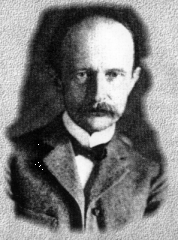
Max Planck (1858-1947) was the discoverer of Quantum Physics. The quantum world discovered by Planck in the year 1900, together with the theory of relativity, formulated by Einstein a little later (1905), generated the greatest revolution of the foundations of Physics since the time of Newton. Max Karl Ernst Ludwig Planck was born in Kiel (Germany) on April 23, 1858. He was the sixth child of Emma Patzig and Julius Wilhelm Planck, a professor of constitutional law at the University of Kiel. Both his grandfather and his paternal great-grandfather had also been professors of theology at Göttingen. At the age of nine, the Planck family moved to Munich, at whose university his father obtained a teaching position. In this city, Max received his basic education at the Instituto Maximiliano, where he was an outstanding student. At the age of 17 he decided to start studying Physics at the University of Munich, but not before seriously hesitating to choose music as a career. After spending a year of specialization at the University of Berlin he returned to Munich where he presented his doctoral thesis on the second principle of thermodynamics in July 1879, at the age of 21
TOP 9:
Cajal
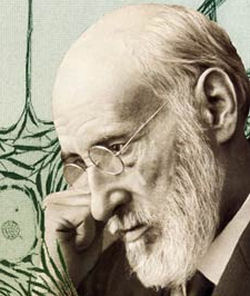
The Institut Valencià de Cinematografia Ricardo Muñoz Suay (IVAC) -The Filmoteca has discovered the only moving images that exist of the Nobel Prize winner Santiago Ramón y Cajal. It is a fragment of about six minutes belonging to a film of an hour dated in the twenties, found in a private house in Les Salines (Alicante) and is a "milestone for the history of film documentation", as assured today in a press conference the regional secretary of Culture, Concha Gómez, who highlighted the "great connection" of the doctor with the city of Valencia, where he developed a good part of his career. The finding is the result of months of research and a process in which "coincidence and work" have coincided, said the director of the IVAC, José Luis Rado. According to him, the Valencia Film Archive received the information that a neighbor of the population of Salines in Alicante kept at home some rolls of film that has been provisionally titled '¿Qué es España'
TOP 8:
Pasteur
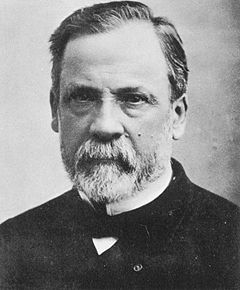
Louis Pasteur (December 27, 1822 - September 28, 1895) was a French chemist whose discoveries had enormous importance in various fields of the natural sciences, especially in chemistry and microbiology. The technique known as pasteurization is due to him. He was born on December 27, 1822 in Dôle (Jura region, France). His father had been Napoleon's soldier, but after leaving the army he put on a tannery, where the childhood of little Louis was spent. As a young man, he was not a promising student; in fact, if he demonstrated any special aptitude, it was painting. His first ambition was to be an art teacher. In 1842, after being a teacher at the Vejancòn Royal School, he obtained his baccalaureate degree, with "mediocre" qualification in chemistry. After graduating and attending the lessons of the great French chemist Jean-Baptiste Dumas, he became interested in chemistry. Despite these unfavorable principles in chemistry, Pasteur insisted that chemistry become his life's work. In a few years, the "mediocre" student led a research program that gave him international fame
TOP 7:
Archimedes
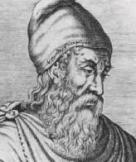
Generally, Archimedes biographies present their scientific contributions and tell us little about what his life was like. Archimedes was born in Syracuse in 287 BC. Today it is an Italian city, located on the southeast coast of the island of Sicily, but in ancient times it was a Greek colony, for this reason Archimedes is considered a physicist and Greek mathematician and not Italian. His father, Phidias, was an astronomer, so it is thought that he was responsible for introducing Archimedes to the world of mathematics from an early age. To his training it is worth adding his studies in Alexandria (Cultural Center of Ancient Greece), where he had as a teacher Conón de Samos and met Eratosthenes. When Archimedes returned to Syracuse he devoted himself entirely to scientific research. Often left aside basic issues for life as it is to eat and sleep, because it was deeply abstracted in their scientific musings. Around the life of Archimedes there are anecdotes that contain at the same time a certain amount of humor and a clear sign of their desire for knowledge. It is well known anecdote that recounts his reaction after discovering the method that allowed him to check whether there was a fraud or not in the making of a gold crown commissioned by Hiero II, tyrant of Syracuse and his protector.
TOP 6:
Darwin
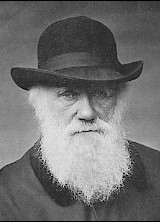
Charles Robert Darwin (February 12, 1809, Shrewsbury, England - April 19, 1882), British biologist. He laid the foundations of the modern theory of evolution, by raising the concept of evolution of species through a slow process of natural selection. Darwin was the fifth child of a rich and sophisticated English family. After graduating from school in Shrewsbury in 1825, Darwin went to the University of Edinburgh to study medicine. In 1827 he left and entered the University of Cambridge to prepare to be a minister of the Church of England. There he met two figures: the geologist Adam Sedgwick, and the naturist John Stevens Henslow. Henslow not only helped him gain more self-confidence, but he also taught his student to be a meticulous and careful observer of natural phenomena and to be a collector of specimens. After graduating from Cambridge in 1831, 22-year-old Darwin was invited aboard the English research vessel HMS Beagle, on the broad recommendation of Henslow, as a naturalist without pay on a scientific expedition around the world.
TOP 5:
Galileo
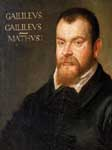
the life path and the scientific discoveries of Galileo Galilei, the Italian physicist and astronomer who, together with Kepler and Copernicus, began the scientific revolution that culminated in the work of the English physicist Isaac Newton. His main contribution to astronomy was the use of the telescope for the observation of celestial phenomena, while in the field of physics he discovered the laws that govern the fall of bodies and the movement of projectiles. Click on the thumbnails of the photos to enlarge them.
TOP 4:
Marie Curie
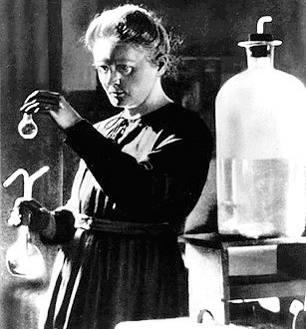
Her maiden name was Sklodowska. She was born in Warsaw on November 7, 1867, and died in Sallanches, on July 4, 1934. She was the fifth daughter of the marriage of Ladislas Sklodowska, professor of physics and mathematics at Lyceum, and Bronislawa Boguska, who was a teacher, pianist and singer. From an early age, Marie showed an excellent memory and a great capacity for study, was a lover of reading, natural history and physics. Although her childhood was already broken at age 9, when her older sister Sophie dies, and then, two years later, her mother because of tuberculosis. However, those hard blows did not diminish in her the desire to study. Bright and mature student, with an exceptional capacity for concentration, Marie dreams of making a scientific career, an inconceivable dream at that time for a woman, even more so in her country, because universities were forbidden to women. But because she lacks economic resources, she becomes a preceptor, and sacrifices herself to help her sister Bronia, who wishes to study medicine in Paris. Then it will be the latter who will support her. However, when Marie finished secondary school, her vocational desire led her to enroll in a private institute where they taught science. The precarious economic situation that Marie had to live in her country, was due to the political reprisals that affected her father, which affected the achievement of the necessary means for the sustenance of her home. It implied to him to Marie to have to leave the paternal house and to put to work of governess. In the autumn of 1891, the shy Marie moved to Paris to study at the Sorbonne. Ambitious, self-taught, her only obsession is learning. In an attic of the Latin Quarter he went hungry and cold (it is said that in winter he did not need a closet, because he had no more clothes than what he was wearing). However, his unwavering will allows him to obtain a degree in physics, and then mathematics. In addition, he was able to discover the intellectual freedom and independence he longed for.
TOP 3:
Da Vinci
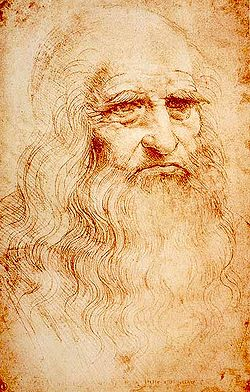
Leonardo Da Vinci was born on April 15, 1452, in Anchiano, a village near the city of Vinci in the Arno valley, within the territories of Florence, although for others he was born in Vinci, hence his "surname", before that the name conventions currently in force in Europe were adopted, so that his father's name (Ser Piero) and the place of birth were added to his first name, being then "Leonardo di Ser Piero da Vinci". However, Leonardo used to sign his works as Leonardo or Io, Leonardo (myself Leonardo), that is, without using his father's name, which leads him to think that he was an illegitimate child. His mother's name was Caterina, and the paternal grandfather, Antonio, wrote that: "A grandson of mine was born, son of being Piero my son on April 15 on Monday [at 8:30 pm] [...] His name is Lionardo. He named it Piero di Bartolomeo da Vinci, in the presence of Papino di Nanni, Meo di Torino, Pier di Malvolto, Monna Lisa di Domenico di Brettone ». [2] In Vinci's cadastre, in the notes of the year 1457, it is reflected that the so-called Antonio was 85 years old and lived in the town of Santa Croce, husband of Lucia, 64, and had two children Francesco and Piero, 30 years , married to Albiera, of 29, and with them lived «Lionardo son of the said being not legitimate Piero born of him and of Chataria currently married with Achattabriga di Piero of the Vacca da Vinci, of 5 years».
TOP 2:
Newton
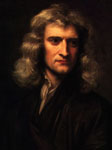
The British physicist and mathematician Isaac Newton is the leading figure of the scientific revolution of the seventeenth century. Newton focused his attention on a wide range of phenomena. He studied optics, mechanics, mathematics and even alchemy. In the field of optics, he experimented with the prism that allowed him to demonstrate that white light is composed of colored radiations whose refractability is different. His investigations, which were not exempt from controversy and disputes with the well-known scientist Robert Hooke, allowed the foundation of modern optical physics. Equally important was Newton's contribution to mathematics. From the Cartesian techniques for tangent tracing, he developed a differential calculation algorithm applicable to algebraic curves. But his greatest achievements took place in the field of physics, which achieved a synthesis of terrestrial physics and celestial mechanics, which laid the foundations of modern science. The following photographs illustrate various aspects of his life and his scientific discoveries. Click thumbnails to enlarge.
TOP 1:
Einstein
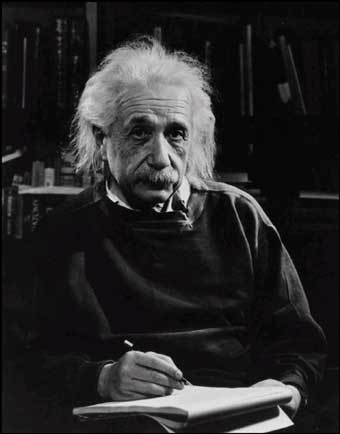
Albert Einstein remains a mythical figure of our time; more, even, of what it came to be in life, if one takes into account that its image, in the form of a poster and exhibiting an unusual gesture of ridicule, has been elevated to the dignity of a domestic icon, together with the idols of the song and the stars of Hollywood. However, it is not his scientific genius or his human stature that best explain him as a myth, but, perhaps, the accumulation of paradoxes that enclose his own biography, accentuated with historical perspective. Einstein, the champion of pacifism, is still remembered as the "father of the bomb"; and it is still common to be credited with the demonstration of the principle that "everything is relative" to him, that he fought fiercely against the possibility that knowing reality meant playing with the blind hen. Albert Einstein was born in the Bavarian city of Ulm on March 14, 1879. He was the firstborn son of Hermann Einstein and Pauline Koch, Jews both, whose families came from Swabia. The following year they moved to Munich, where the father was established, along with his brother Jakob, as a merchant in the electrotechnical news of the time. Little Albert was a quiet and self-absorbed child, who had a slow intellectual development. Einstein himself attributed to that slowness the fact of having been the only person to elaborate a theory like that of relativity: "a normal adult does not worry about the problems posed by space and time, since he considers that everything there is that know about it already knows him from his early childhood. I, on the other hand, have had such a slow development that I have not begun to ask questions about space and time until I have been older ».

